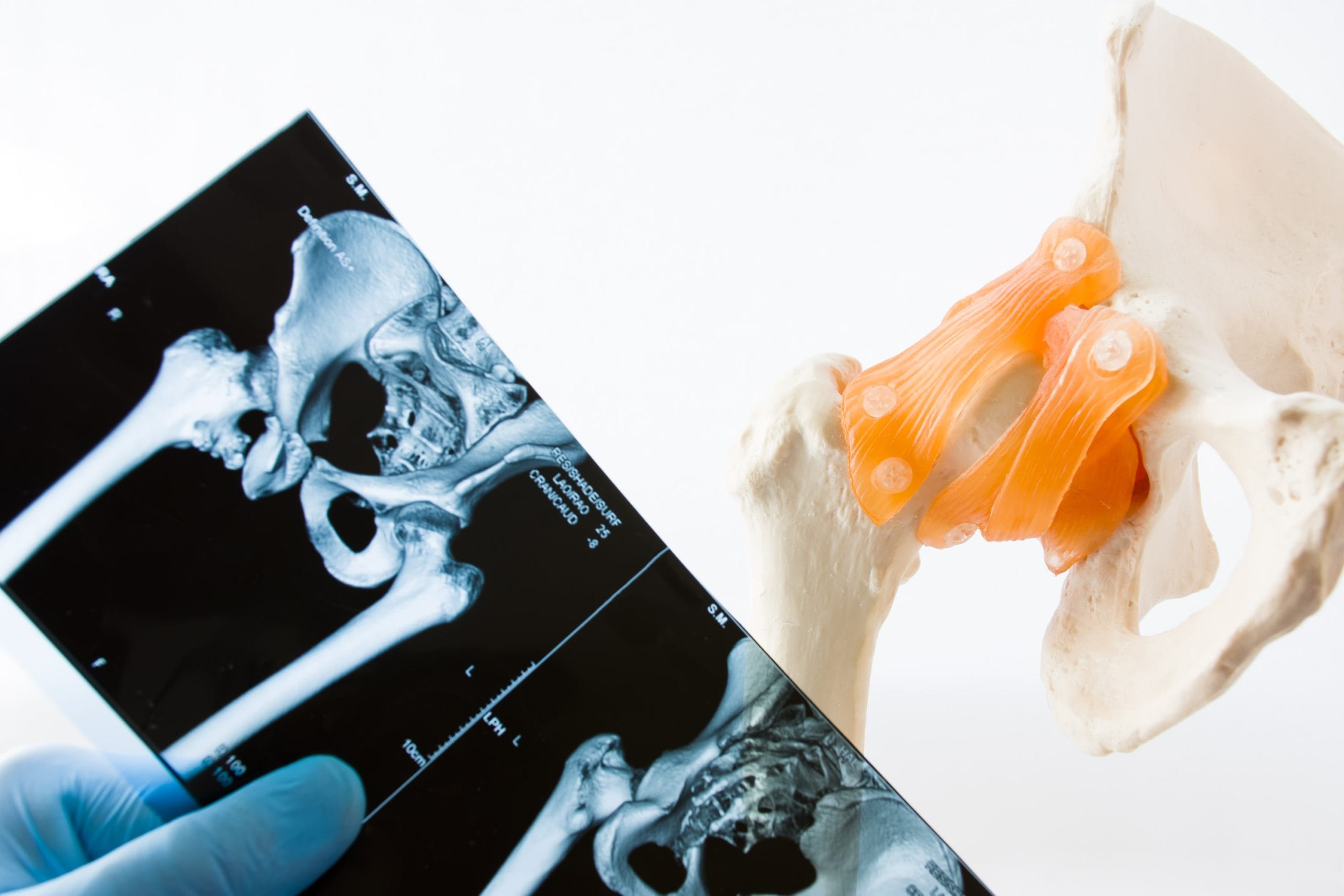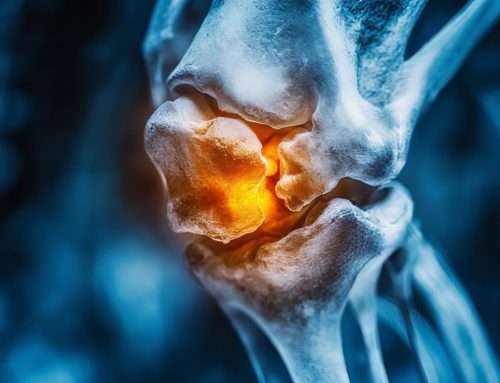When everyday movement starts to feel stiff, painful, or limited, and your hip just doesn’t function like it used to, it may be time to explore your options. For many adults (especially those with osteoarthritis or injury-related joint damage), persistent hip pain can gradually affect your mobility, sleep, and overall quality of life.
Fortunately, surgical options like hip resurfacing and hip replacement can offer lasting relief. But how do you decide which is right for you?
Understanding the differences between hip resurfacing vs. hip replacement can help you make an informed decision that fits your age, lifestyle, and activity level. At Gateway Surgery, we offer both procedures, including hip resurfacing in Calgary, and can guide you toward the option that’s right for your body and your lifestyle.

Hip Resurfacing vs. Hip Replacement: What’s the Difference?
At a glance, both procedures are designed to relieve pain and restore mobility, but they differ in how much of the natural joint is preserved—and what that means for recovery and long-term outcomes.
→ Total Hip Replacement (THR) involves removing the damaged femoral head (the ball of the hip joint) and replacing it with a metal or ceramic implant. The hip socket is also resurfaced and fitted with a prosthetic liner.
→ Hip Resurfacing, by contrast, preserves more of the patient’s natural bone. Instead of removing the entire femoral head, the surgeon reshapes it and places a smooth cap over it. The hip socket is similarly resurfaced with an implant.
Both surgeries can dramatically reduce pain and improve quality of life. However, understanding the differences between hip resurfacing vs. hip replacement is key to choosing the option that best fits your age, activity level, and joint health.
Am I a Candidate for Hip Resurfacing?
Hip resurfacing is often recommended for younger, active individuals who want to preserve joint mobility and return to high-impact activities. Since this procedure maintains more of the natural bone (specifically the femoral head), it may also make future revision surgery easier, if needed.
You may be a good candidate for hip resurfacing if you:
- Are under 60 years old
- Have strong, healthy bone density
- Want to return to sports or other high-impact activities
- Do not have osteoporosis or significant femoral head deformities
Hip resurfacing is generally not recommended for older adults, individuals with smaller bone structures, or those with advanced arthritis affecting the entire joint. That said, every case is unique. At Gateway Surgery, we evaluate each patient individually to determine the most appropriate treatment plan.
Is Hip Replacement Right for Me?
Total hip replacement remains the gold standard for relieving chronic hip pain in adults, especially those with more advanced arthritis or widespread joint damage.
You may be a good candidate for hip replacement if you:
- Experience pain while resting or sleeping
- Are not planning to engage in high-impact sports
- Have significant joint degeneration or bone deformity
- Have reduced mobility despite medication or physical therapy
While hip resurfacing is a more bone-preserving option, total hip replacement often provides more predictable results for patients with complex or late-stage joint deterioration.
Read more about what to expect before, during, and after hip replacement surgery.
Hip Resurfacing vs. Hip Replacement: Key Differences at a Glance
Here’s a side-by-side comparison of hip resurfacing vs. hip replacement to help you better understand the differences in recovery, outcomes, and candidacy.
| Feature | Hip Resurfacing | Hip Replacement |
|---|---|---|
| Bone Preservation | Preserves more natural bone. | Removes femoral head and replaces joint surfaces. |
| Revision Potential | Easier to revise in younger patients. | Durable, but revision may be more complex. |
| Recovery Timeline | Often quicker return to activity for active adults. | May involve more limitations early in recovery. |
| Dislocation Risk | Lower, due to larger femoral head. | Slightly higher, especially in high-flexion positions. |
| Best Suited For | Younger, active individuals with strong bones. | Older adults or those with advanced joint damage. |
Choosing between hip resurfacing and hip replacement depends on your activity level, bone quality, and overall health. A consultation with a specialist, like our team at Gateway Surgery, can help determine which procedure offers the best long-term results for your needs.
Considering Hip Resurfacing? Here’s What to Know
For younger, active patients seeking bone-preserving surgical options, hip resurfacing has become an appealing alternative to total hip replacement. At Gateway Surgery, our orthopaedic team uses modern surgical techniques to help patients return to mobility with confidence and long-term results.
Benefits of hip resurfacing include:
- Lower risk of dislocation thanks to the larger femoral component
- High return-to-activity rates; ideal for patients with active lifestyles
- Bone preservation makes future revision surgeries more manageable if needed
- More natural hip movement due to the anatomical structure of the resurfaced hip
While hip resurfacing can offer major advantages, it’s not appropriate for everyone. That’s why our team at Gateway Surgery begins with a thorough consultation—reviewing your medical history, imaging, and previous treatment to ensure an accurate diagnosis and a personalized plan. We’ll take you through your surgical options, including private care pathways, so you can make an informed decision.
Recovery After Hip Resurfacing and Hip Replacement
Recovery is a key part of your surgical outcome whether you undergo hip resurfacing or total hip replacement. While each procedure has its own timeline, most patients can expect to stay in a surgical facility for a few days, followed by several weeks of progressive physical therapy.
→ Hip resurfacing recovery is often described as feeling more “natural,” since more of the original anatomy is preserved. Many patients are walking within days and able to resume light activity in a few weeks.
→ Hip replacement recovery may take slightly longer early on, but long-term results are very successful. Most patients return to normal daily activities within 6 to 12 weeks and continue to see improvement over several months.
At Gateway Surgery, we provide comprehensive post-operative support—from guided rehab planning to check-ins and education—to help ensure your recovery is safe, supported, and tailored to your goals.
Want a closer look at the recovery process? Read what to expect in the first 30 days after joint replacement surgery.
Choosing Between Hip Resurfacing and Hip Replacement
There’s no universal answer when it comes to choosing between hip resurfacing and total hip replacement. It depends on your lifestyle, activity level, and joint health.
- If you’re younger, active, and have good bone density, hip resurfacing may offer a bone-preserving alternative that allows for high function and easier revision later if needed.
- If you’re older or have more advanced arthritis, total hip replacement may provide more predictable pain relief and joint stability, especially if your goal is to regain comfort in everyday movement, not return to high-impact activity.
A consultation at Gateway Surgery will help clarify which approach aligns best with your anatomy, goals, and long-term outlook.
Your Next Step: A Personalized Consultation
Choosing between hip resurfacing vs. hip replacement isn’t always straightforward, but with expert guidance, it becomes clearer. At Gateway Surgery, we offer in-depth consultations to help you understand your options and decide what fits best with your goals, lifestyle, and long-term health.
If you're considering hip resurfacing in Calgary or exploring other surgical options, our team is here to support your next move with clarity and confidence.
Book your consultation today to talk through your options with a surgical specialist.




